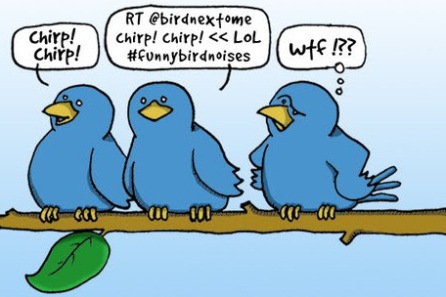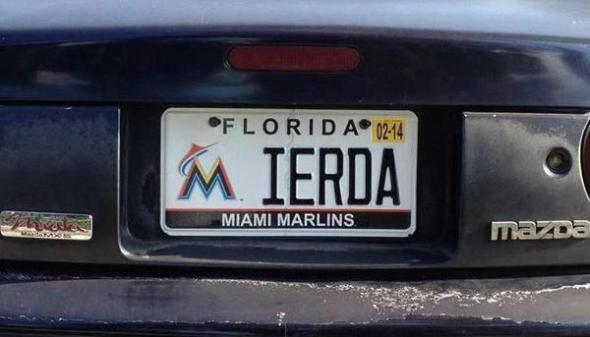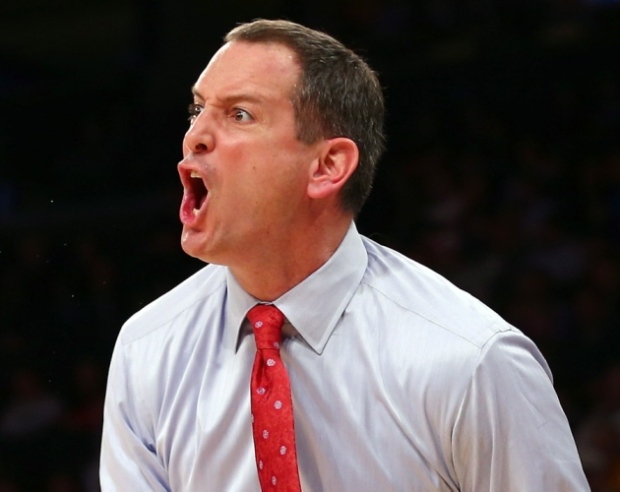 Do you ever hear people talk about preferring to stay home and watch the game because they get to relax in the comfort of their own home while getting a better view of the game anyway? I hear it; a lot. Everyone has their reasons for avoiding sporting events, some of which include: avoiding the $20 parking fees, trying to reach their seats as though they were salmon in a migration pattern, and crappy food offerings. On a side note, Bleacher Report is apparently incompetent when it comes to rating the “Best Stadium Food in America”. Do they honestly believe I’m going to buy in to a shitty hotdog from Chavez Ravine or pulled pork from Bank of America Stadium as being some of the best food stadium food in the country? They’re out of their f’ing minds. I’m also amazed that in a city that prides itself on having some of the best food in the country, garlic fries from AT&T Park is really the best we’re going to get.
Do you ever hear people talk about preferring to stay home and watch the game because they get to relax in the comfort of their own home while getting a better view of the game anyway? I hear it; a lot. Everyone has their reasons for avoiding sporting events, some of which include: avoiding the $20 parking fees, trying to reach their seats as though they were salmon in a migration pattern, and crappy food offerings. On a side note, Bleacher Report is apparently incompetent when it comes to rating the “Best Stadium Food in America”. Do they honestly believe I’m going to buy in to a shitty hotdog from Chavez Ravine or pulled pork from Bank of America Stadium as being some of the best food stadium food in the country? They’re out of their f’ing minds. I’m also amazed that in a city that prides itself on having some of the best food in the country, garlic fries from AT&T Park is really the best we’re going to get.
I know I’m not that far off the mark when I say good food should be available at a ballpark. Shoot, there’re pretty much always a handful of solid restaurants and bars around the corner from most of the city centre-type stadiums: Petco Park, Wrigley, Fenway, and Yankee Stadium (you get my point). So why is it that we don’t see a reflection of the local fare in our favorite ballparks? Part of it is the politics that go on behind the scenes as far as determining food costs and royalties, among other things. I believe that it also comes down to fan demand – people just don’t know what’s good for them. There is no doubt hotdogs, peanuts and watered-down light beer will always be available, but that doesn’t mean those with more sophisticated tastes should be shunned or alienated.
Yankee Stadium was recently criticized for offering what they considered craft beer: Blue Moon and Leinenkugel. Once again, this made me shake my head. If you sell a product that is nationally promoted with commercials up the wazoo, you are not a craft beer. Seriously, if you claim you’re selling “craft beer” that is in fact owned by Anheuser Busch or MillerCoors, you have just offended a heck of a lot of beer drinkers and me. That said, it is good to know cities like Detroit and Seattle aren’t willing to settle. In fact, your only hope of finding some of the beers sold at Comerica Park and Safeco Field will be either going to a ball game or visiting your local BevMo! or Total Wine.
While I know it will take time and patience, it’s good to know that there is at least hope. I also can’t say whether or not subtle changes like these will really make a difference in the grand scheme of things. However, my hope is that for the sake of sports-loving-foodies out there, these changes might actually encourage them to re-consider their choice to stay home and watch the ballgame.
Related articles
- Pricey Ballpark Hotdogs (money.cnn.com)
- Enjoy America’s Pastime at the 10 Best Stadiums for Craft Beer (amog.com)
- It ain’t peanuts (nypost.com)
- 3 Ways the Great Recession Changed Beer (thisiswhyimdrunk.wordpress.com)
- Beer and hot dogs: Which ballparks charge most (fox6now.com)
- Sam Adams Turns to IDEO for New Beer Cans (core77.com)
- Buy me some peanuts and Cracker Jack … on a debit card (orangeandblueblog.wordpress.com)
- Beer Bust: Yankees Rename ‘Craft Beer’ Stand At Stadium (npr.org)








Recent Comments